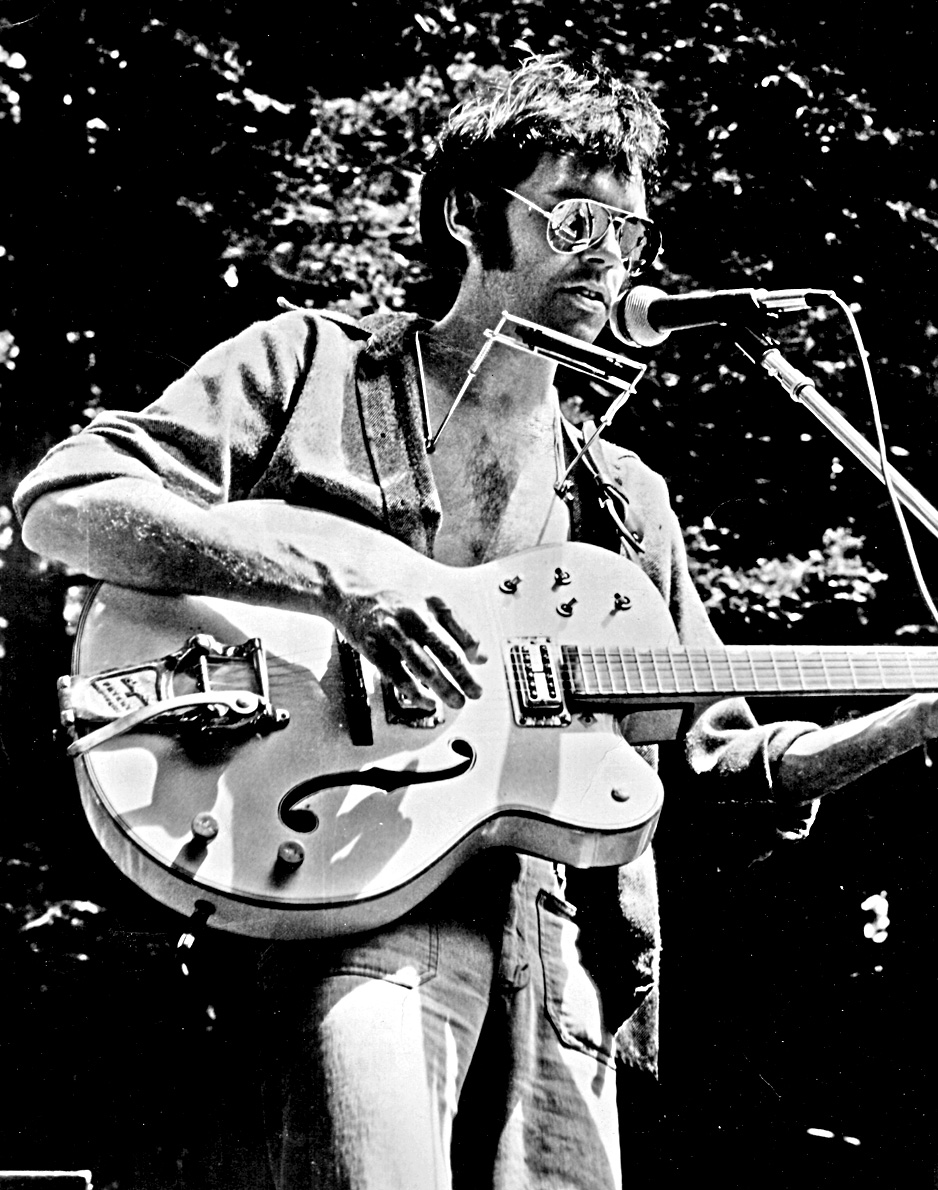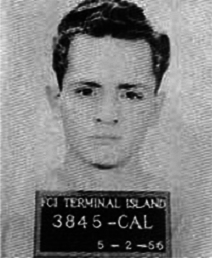|
On The Beach (Neil Young Album)
''On the Beach'' is the 5th studio album by Canadian-American musician Neil Young, released by Reprise Records in July 1974. The album is the second of the so-called "Ditch Trilogy" of albums that Young recorded following the major success of 1972's ''Harvest'', whereupon the scope of his success and acclaim became apparent; Young subsequently experienced alienation, and ''On the Beach'' was inspired by his feelings of retreat and melancholy stemming from it. ''On the Beach'' is a folk rock album exploring themes of anger, alienation, nihilism and cautious optimism. Looking back on the album for the liner notes to the ''Decade'' box set, Young wrote that the experience of releasing ''Harvest'', which inspired the despaired themes of ''On the Beach'', "put me in the middle of the road. Traveling there soon became a bore, so I headed for the ditch. A rougher ride but I saw more interesting people there." As well as its release on vinyl, ''On the Beach'' was also released on cassett ... [...More Info...] [...Related Items...] OR: [Wikipedia] [Google] [Baidu] |
Neil Young
Neil Percival Young (born November 12, 1945) is a Canadian-American singer and songwriter. After embarking on a music career in Winnipeg in the 1960s, Young moved to Los Angeles, joining Buffalo Springfield with Stephen Stills, Richie Furay and others. Since the beginning of his solo career with his backing band Crazy Horse (band), Crazy Horse, he has released many critically acclaimed and important albums, such as ''Everybody Knows This Is Nowhere'', ''After the Gold Rush'', ''Harvest (Neil Young album), Harvest'', ''On the Beach (Neil Young album), On the Beach'' and ''Rust Never Sleeps''. He was a part-time member of Crosby, Stills, Nash & Young. His guitar work, deeply personal lyrics and signature high tenor singing voice define his long career. Young also plays piano and harmonica on many albums, which frequently combine folk music, folk, rock music, rock, country music, country and other musical genres. His often distorted electric guitar playing, especially with Cra ... [...More Info...] [...Related Items...] OR: [Wikipedia] [Google] [Baidu] |
Cannabis (drug)
Cannabis, also known as marijuana among List of names for cannabis, other names, is a psychoactive drug from the cannabis plant. Native to Central or South Asia, the cannabis plant has been used as a drug for both Recreational marijuana, recreational and Entheogenic use of cannabis, entheogenic purposes and in various traditional medicines for centuries. Tetrahydrocannabinol (THC) is the main psychoactive component of cannabis, which is one of the 483 known compounds in the plant, including at least 65 other cannabinoids, such as cannabidiol (CBD). Cannabis can be used by Cannabis smoking, smoking, Vaporizer (inhalation device), vaporizing, Cannabis edible, within food, or Tincture of cannabis, as an extract. Cannabis has various effects of cannabis, mental and physical effects, which include euphoria, altered states of mind and Cannabis and time perception, sense of time, difficulty concentrating, Cannabis and memory, impaired short-term memory, impaired motor skill, body mo ... [...More Info...] [...Related Items...] OR: [Wikipedia] [Google] [Baidu] |
Banjo Guitar
Banjo guitar or banjitar or ganjo (Australia) is a six-string banjo tuned in the standard tuning of a six-string guitar (E2-A2-D3-G3-B3-E4) from lowest to highest strings. The six-string banjo was introduced in the late 19th century. Less widespread than four- and five-string banjos, it was reintroduced in the latter part of the twentieth century with the modern guitar-like tuning. The six-string "banjo guitar" should not be confused with the five-string banjo (played by Pete Seeger, Earl Scruggs and others), which retains re-entrant banjo tuning with a high-pitched short drone string going halfway up the neck. The zither banjo has six tuning keys, but also only five strings as the short fifth string goes up a hole at the 5th fret up a channel under the fingerboard, and through a hole in the headstock to a tuning roller. Banjo guitar players Johnny St. Cyr was the first well known player of six string banjo. He used it in Louis Armstrong's Hot Five and Hot Seven, with Jelly Rol ... [...More Info...] [...Related Items...] OR: [Wikipedia] [Google] [Baidu] |
The New York Times
''The New York Times'' (''the Times'', ''NYT'', or the Gray Lady) is a daily newspaper based in New York City with a worldwide readership reported in 2020 to comprise a declining 840,000 paid print subscribers, and a growing 6 million paid digital subscribers. It also is a producer of popular podcasts such as '' The Daily''. Founded in 1851 by Henry Jarvis Raymond and George Jones, it was initially published by Raymond, Jones & Company. The ''Times'' has won 132 Pulitzer Prizes, the most of any newspaper, and has long been regarded as a national " newspaper of record". For print it is ranked 18th in the world by circulation and 3rd in the U.S. The paper is owned by the New York Times Company, which is publicly traded. It has been governed by the Sulzberger family since 1896, through a dual-class share structure after its shares became publicly traded. A. G. Sulzberger, the paper's publisher and the company's chairman, is the fifth generation of the family to head the pa ... [...More Info...] [...Related Items...] OR: [Wikipedia] [Google] [Baidu] |
Topanga Canyon
Topanga () (Tongva: ''Topaa'nga'') is a census-designated place (CDP) in western Los Angeles County, California, United States. Located in the Santa Monica Mountains, the community exists in Topanga Canyon and the surrounding hills. The narrow southern portion of Topanga at the coast is between the city of Malibu and the Los Angeles neighborhood of Pacific Palisades. As of the 2020 census the population of the Topanga CDP was 8,560. The ZIP code is 90290 and the area code is primarily 310, with 818 only at the north end of the canyon. It is in the 3rd County Supervisorial district. History ''Topanga'' is the name given to the area by the Native American indigenous Tongva tribe, and may mean "where the mountain meets the sea" or "a place above." The name in the Tongva language, ''Topaa'nga'', has a root that likely comes from the Chumash language. It was the western border of their territory, abutting the Chumash tribe that occupied the coast from Malibu northwards. Bedrock m ... [...More Info...] [...Related Items...] OR: [Wikipedia] [Google] [Baidu] |
Charles Manson
Charles Milles Manson (; November 12, 1934November 19, 2017) was an American criminal and musician who led the Manson Family, a cult based in California, in the late 1960s. Some of the members committed a series of nine murders at four locations in July and August 1969. In 1971, Manson was convicted of first-degree murder and conspiracy to commit murder for the deaths of seven people, including the film actress Sharon Tate. The prosecution contended that, while Manson never directly ordered the murders, his ideology constituted an overt act of conspiracy. Before the murders, Manson had spent more than half of his life in correctional institutions. While gathering his cult following, Manson was a singer-songwriter on the fringe of the Los Angeles music industry, chiefly through a chance association with Dennis Wilson of the Beach Boys, who introduced Manson to record producer Terry Melcher. In 1968, the Beach Boys recorded Manson's song "Cease to Exist", renamed "Never Learn ... [...More Info...] [...Related Items...] OR: [Wikipedia] [Google] [Baidu] |
Byrds (album)
''Byrds'' is the twelfth and final studio album by the American rock band the Byrds and was released in March 1973 on Asylum Records. It was recorded as the centerpiece of a reunion among the five original band members: Roger McGuinn, Gene Clark, David Crosby, Chris Hillman, and Michael Clarke. The last time that all five members had worked together as the Byrds was in 1966, prior to Clark's departure from the band. During the reunion, the current, latter-day lineup of the band continued to make live appearances until February 1973, with McGuinn being the only member common to both versions of the group. Upon its release, ''Byrds'' received generally poor reviews, with many critics bemoaning a lack of sonic unity and the absence of the Byrds' signature jangly guitar sound among the album's shortcomings. Nonetheless, the album reached number 20 on the ''Billboard'' Top LPs & Tapes chart and was also moderately successful in the United Kingdom, where it reached number 31. In t ... [...More Info...] [...Related Items...] OR: [Wikipedia] [Google] [Baidu] |
The Byrds
The Byrds () were an American rock band formed in Los Angeles, California, in 1964. The band underwent multiple lineup changes throughout its existence, with frontman Roger McGuinn (known as Jim McGuinn until mid-1967) remaining the sole consistent member. Although their time as one of the most popular groups in the world only lasted for a short period in the mid-1960s, the Byrds are today considered by critics to be among the most influential rock acts of their era. Their signature blend of clear harmony singing and McGuinn's jangly 12-string Rickenbacker guitar was "absorbed into the vocabulary of rock" and has continued to be influential. Initially, the Byrds pioneered the musical genre of folk rock as a popular format in 1965, by melding the influence of the Beatles and other British Invasion bands with contemporary and traditional folk music on their first and second albums, and the hit singles " Mr. Tambourine Man" and "Turn! Turn! Turn!". As the 1960s progressed, ... [...More Info...] [...Related Items...] OR: [Wikipedia] [Google] [Baidu] |
Online Petition
An online petition (or Internet petition, or e-petition) is a form of petition which is signed online, usually through a form on a website. Visitors to the online petition sign the petition by adding their details such as name and email address. Typically, after there are enough signatories, the resulting letter may be delivered to the subject of the petition, usually via e-mail. The online petition may also deliver an email to the target of the petition each time the petition is signed. Pros and cons The format makes it easy for people to make a petition at any time. Several websites allow anyone with computer access to make one to protest any cause, such as stopping construction or closure of a store. Because petitions are easy to set up, the site can attract frivolous causes, or jokes framed in the ostensible form of a petition. Online petitions may be abused if signers don't use real names, thus undermining its legitimacy. Verification, for example via a confirmation e-mail c ... [...More Info...] [...Related Items...] OR: [Wikipedia] [Google] [Baidu] |
Cassette Tape
The Compact Cassette or Musicassette (MC), also commonly called the tape cassette, cassette tape, audio cassette, or simply tape or cassette, is an analog magnetic tape recording format for audio recording and playback. Invented by Lou Ottens and his team at the Dutch company Philips in 1963, Compact Cassettes come in two forms, either already containing content as a prerecorded cassette (''Musicassette''), or as a fully recordable "blank" cassette. Both forms have two sides and are reversible by the user. Although other tape cassette formats have also existed - for example the Microcassette - the generic term ''cassette tape'' is normally always used to refer to the Compact Cassette because of its ubiquity. Its uses have ranged from portable audio to home recording to data storage for early microcomputers; the Compact Cassette technology was originally designed for dictation machines, but improvements in fidelity led to it supplanting the stereo 8-track cartridge and reel ... [...More Info...] [...Related Items...] OR: [Wikipedia] [Google] [Baidu] |
Vinyl Record
A phonograph record (also known as a gramophone record, especially in British English), or simply a record, is an analog sound storage medium in the form of a flat disc with an inscribed, modulated spiral groove. The groove usually starts near the periphery and ends near the center of the disc. At first, the discs were commonly made from shellac, with earlier records having a fine abrasive filler mixed in. Starting in the 1940s polyvinyl chloride became common, hence the name vinyl. The phonograph record was the primary medium used for music reproduction throughout the 20th century. It had co-existed with the phonograph cylinder from the late 1880s and had effectively superseded it by around 1912. Records retained the largest market share even when new formats such as the compact cassette were mass-marketed. By the 1980s, digital media, in the form of the compact disc, had gained a larger market share, and the record left the mainstream in 1991. Since the 1990s, records co ... [...More Info...] [...Related Items...] OR: [Wikipedia] [Google] [Baidu] |
LP Album
The LP (from "long playing" or "long play") is an analog sound storage medium, a phonograph record format characterized by: a speed of rpm; a 12- or 10-inch (30- or 25-cm) diameter; use of the "microgroove" groove specification; and a vinyl (a copolymer of vinyl chloride acetate) composition disk. Introduced by Columbia in 1948, it was soon adopted as a new standard by the entire record industry. Apart from a few relatively minor refinements and the important later addition of stereophonic sound, it remained the standard format for record albums (during a period in popular music known as the album era) until its gradual replacement from the 1980s to the early 2000s, first by cassettes, then by compact discs, and finally by digital music distribution. Beginning in the late 2000s, the LP has experienced a resurgence in popularity. Format advantages At the time the LP was introduced, nearly all phonograph records for home use were made of an abrasive shellac compound ... [...More Info...] [...Related Items...] OR: [Wikipedia] [Google] [Baidu] |



.png)




